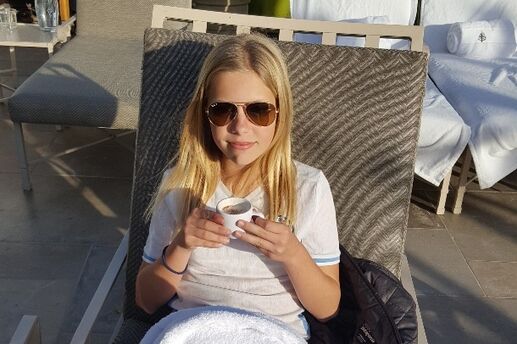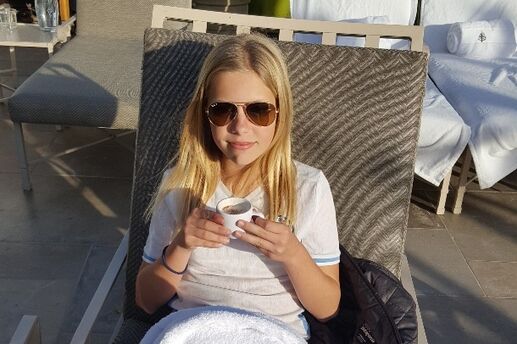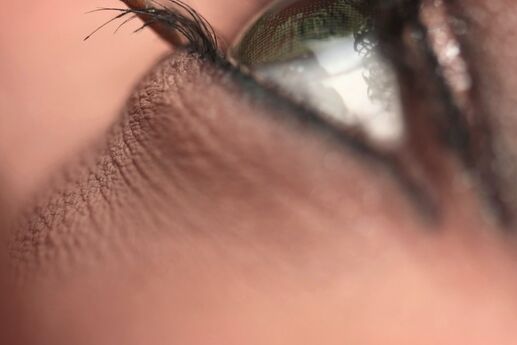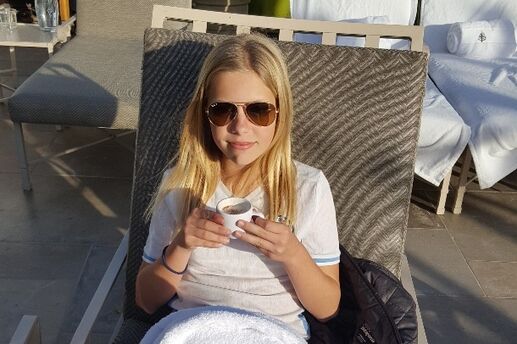Know Your Hair Type: The Secret to Healthy Hair!
Here’s all that’s standing between you and your most beautiful, most manageable hair: a tiny bit of self-knowledge. Simply knowing your natural hair type will help you achieve smooth hair that holds its style through the whole day (curls that are defined and controlled, fine hair that doesn’t flop midday, etc.).
“If you understand your hair,” says Jeni Thomas, a research scientist on hair and scalp health for Pantene, “you not only know what it is capable -- and not capable -- of doing, but how best to work with it as well.”
The Science of Hair Types
Think Avatar is the most important 3-D breakthrough? Consider this: The same kind of 3-D technology used in medicine to image and measure bone density is also being used to study the way multiple hair fibers interact. What researchers have discovered, says Thomas, is that different types of hair texture create different kinds of 3-D structures. This revelation is leading to customized product lines that can spell the end of bad hair days.
We now know that the same shampoo and conditioning ingredients and formulations that keep curly hair shiny and healthy won’t give fine hair the body and volume it needs. Curly hair fibers form an intricate network that can act like a filter, trapping ingredients from shampoo and conditioners; what’s needed to prevent damage are products that minimize the friction between strands.
Fine hair fibers, on the other hand, arrange themselves in a parallel pattern that acts more like a funnel, so ingredients that moisturize and condition slip away rather than stick. The fix is a formula that helps those reparative ingredients grab on and stay.
The Basic Hair Types
Almost all hair -- 98 percent -- falls into four different structures:
- Fine hair has up to 50 percent less protein than thicker hair, so it’s fragile and tends to fall flat.
- Medium-thick hair can contain up to twice as many cells as fine hair, making it more rigid and capable of absorbing up to 40 percent more moisture than fine hair, which can lead to frizz.
- Curly hair has twists and turns that can cause the cuticle to lift and weaken, leaving hair rough and difficult to control.
- Color-treated hair has undergone a structural change in the chemical process that makes it more negatively charged than unprocessed hair -- that can mean hair that’s rough, dull and vulnerable to damage.
Why Hair Type Matters
Products formulated for your hair type will make styling easier; on the other hand, the wrong ingredients and formula will have you waging a losing war with your locks -- struggling to get the style you want, frustrated when it doesn’t hold. For example, as Thomas points out, “thicker hair tends to be more frizz-prone than finer hair, so for medium-thick hair to hold a style throughout the day, ingredients that offer hair some humidity resistance are extremely helpful.”
To keep fine hair from wilting midday, however, prep it with a shampoo containing polymers boosting its cleaning power and allowing these fragile strands to stand up to the weight of accumulated scalp oils, dirt and yesterday’s styling residue. Look for shampoos, conditioners and styling products that are especially designed for your hair type; you’ll find customized lines on your drugstore shelves.
The Right Cut for Your Hair Type
- Fine hair “Avoid overly razored cuts,” says George Papanikolas of West Hollywood’s Andy Lecompte salon, where you might spot such A-list clients as Madonna and Penelope Cruz. “Opt instead for a layered cut with blunt ends, which will leave the hair looking thicker.”
- Medium-thick hair Keep your hair at least a few inches below your chin. “You need some length to prevent your hair from getting too bulky,” says Mike Van Den Abbeel, owner of Mosaic Hair Studio in Orlando, Fla. “Long layers will also remove some weight and add definition to your style.”
- Curly hair To avoid what veteran hairstylist Don Bewley describes as “curly hair that looks like a topiary,” ask for a cut that imposes some structure and shape on your ringlets. That means long layers -- no shorter than 6 inches -- save for a few shorter face-framing layers in front and a well-defined line at the ends.
Photo: @iStockphoto.com/fmbackx







